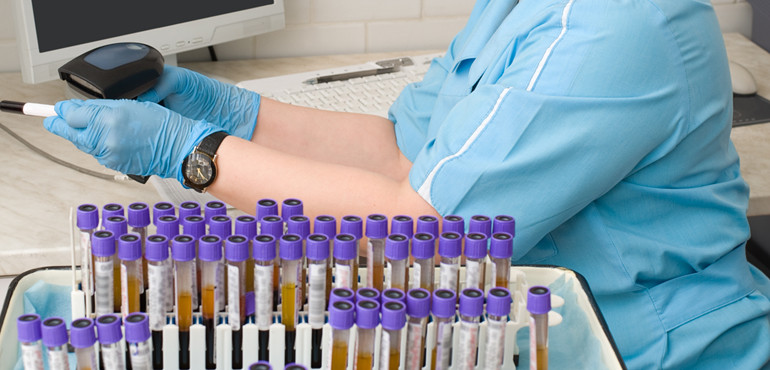Among many things that you do right in your laboratory there are many that you don’t. In this post, we list down 6 things most laboratories are doing wrong. Read on and check if you would like to eliminate any from yours:
1. Not Having a Strict Maintenance and Calibration Schedule
Laboratories deal with high-end equipment’s and they will have to undergo calibrations and maintenance. More so, in an automated laboratory, well-calibrated equipment’s are a must for error free results. A huge chunk of your operations cost is these calibration and maintenance costs. Keep processes in place for periodic checks of your equipment’s; this will help you avoid big maintenance and bigger costs. Get your laboratory manager/ head to keep an eye on the end dates of calibration and maintenance contracts. Get into AMC contracts; a maintenance job here and there everyday will cumulatively cost you much more than an AMC.
2. Ignoring Small Pilferage
Pilferage don’t just happen in the form of accounting or missing material from stores, it happens in much smaller forms too. The cumulative impact of this may in reality be much more than the financial or material pilferage. Tighten your security; your infrastructure should have least number of outlets and your operations team should do extensive training. Nothing works like the sense of ownership.
3. Lack of Multi Task Training of Staff
Manpower shortages from time to time need to be tackled smartly. Training majority of the staff to perform tests of different sections in the pathology would help reduce the overtime costs for the lab as well as cover up for the manpower shortage efficiently. This also in-effect keeps your operations moving smoothly during attrition since a multi task trained workforce can continue to operate till you find suitable replacement.
4. Not Using Your LIS Completely
You had contemplated the use of every feature on the software before buying the Lab Information System. You may even have got the vendor to add a few for your lab, but your operations team may have ended up using just the data storage and search/ find feature of the LIS. The software was custom designed for your lab so that every feature available is used and makes your processes efficient, cost effective and patient centric. Make sure that the software is used effectively and manual intervention is discouraged.
5. Not Having a Pre-analytical Check Point
An efficient pre-analytical checkpoint is a very important crossroad before the actual pathological test. It will mean one additional manpower doing nothing but checking what the sample collection counter has assigned to the laboratory sections to test, but this will hugely help in avoiding wrong test results due to human errors as well as help in reducing the time wasted on wrong samples.
6. Not Having a Color-Coded Identification of Samples
The vacationers containing samples can be color-coded to identify whether it is a single test sample or a shared one. This will help in reducing time wastage in searching for shared samples, which in turn will lead to efficient use of manpower thereby speeding up the whole process and affecting TAT positively.
Acquiring an LIS software is not enough, make sure that the entire team uses the software efficiently so you can reap the benefits of automation.








